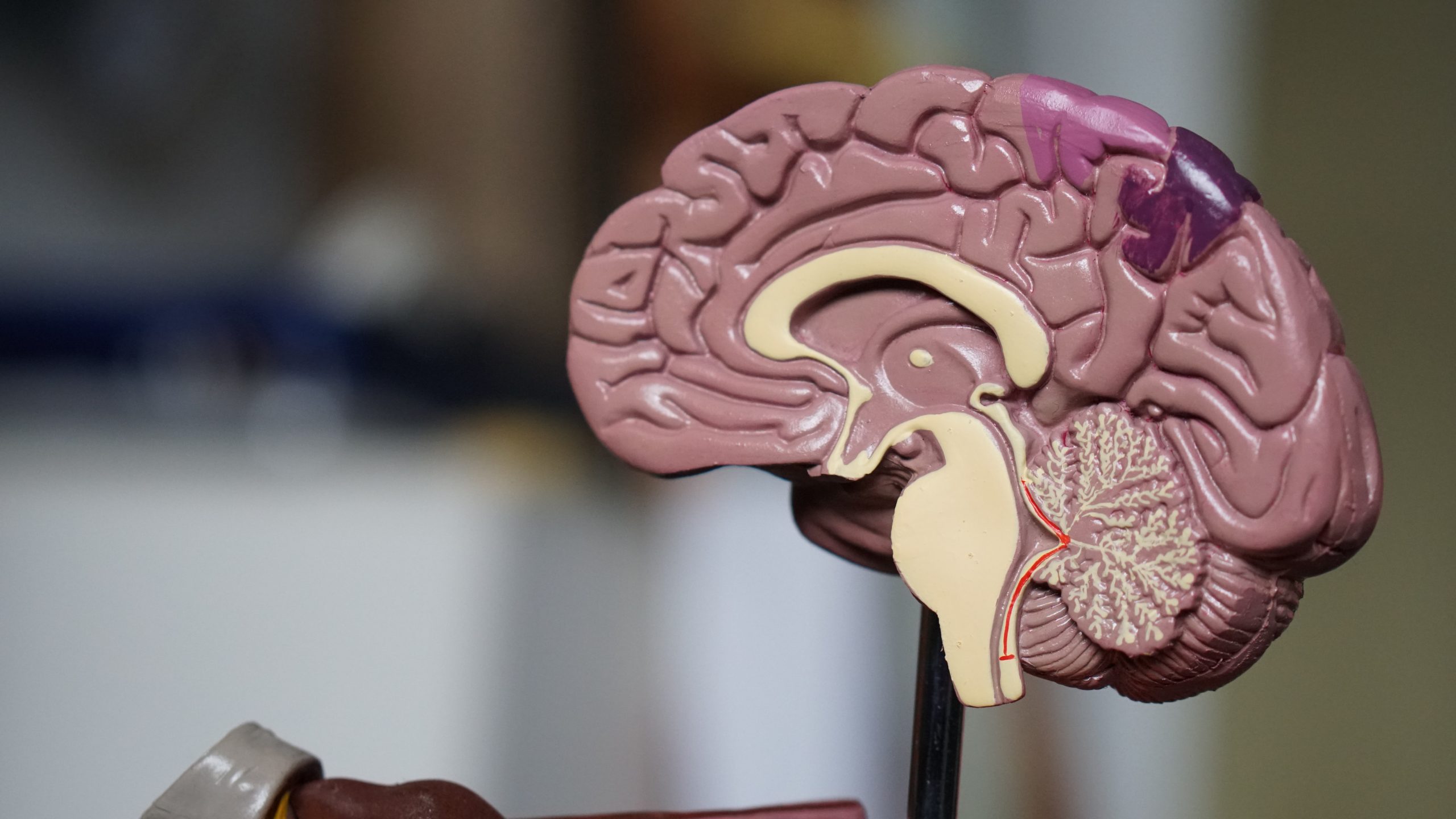
You might have heard about the “gut-brain axis”, and how things that happen in our gut can influence what happens in our brain, and vice versa. This connection is really important and influences a lot of things in our lives! It can be complicated to understand, so I’m going to take you through some of the different components to try and explain what it is and why it’s important!
You might have heard about the “gut-brain axis”, and how things that happen in our gut can influence what happens in our brain, and vice versa. This connection is really important and influences a lot of things in our lives! It can be complicated to understand, so I’m going to take you through some of the different components to try and explain what it is and why it’s important!
It is the part of the body that helps you coordinate actions, by sending and receiving information to other parts of the body. It is made up of two parts:
1. The Central Nervous System (CNS) is composed of the brain and spinal cord (this controls most of the functions of the body and mind) and The Peripheral Nervous System is made up of three subparts;
It is the two-way conversation that occurs between our gut and our brain. The GBA requires an array of hormones (chemical messengers), neurons (brain cells that can send messages throughout the body), immune cells (that protect us from illness and infection), and microbial compounds (e.g. SCFAs – Short Chain Fatty Acids), in order to send messages back and forth.
The gut is the powerhouse of our bodies and is a highly complex environment. The gut contains millions of neurons (100 million+) and immune cells (80% of our total count). The gut wall is also home to hormone-producing cells (‘endocrine cells’) making the gut central to hormone production. Meanwhile, the brain needs to keep things coordinated and organized, so they are constantly communicating and influencing each other.
The gut is constantly receiving signals from the trillions of microbiota living there. When the brain senses a change in the gut microbiota (diet, infection, antibiotics), it can respond to help counteract or regulate that change appropriately. This communication is bi-directional (two-way), so the bugs in your gut can actually influence behavior and mood, by signaling directly to the brain. For example, those with functional GI disorders (e.g. IBS), can often experience shifts in the mood quite quickly. This is thought to be linked to an irritation in the gut, resulting in signals sent to the brain, causing depression and anxiety.
Remember that up to 40% of us will experience a functional GI disorder at one point, so this two-way conversation between our gut and our brain is really important.
Have you heard of the Vagus nerve? It is a really long nerve that runs from the brain stem (located at the bottom of our brain), directly to our gut. It also branches out to other internal organs, making it a very important communication pathway within the body.
The ends (or terminals) of the Vagus nerve are found in the intestinal wall so they don’t actually physically touch the gut microbes but that doesn’t mean they can’t sense them. Communication usually occurs via compounds that cross the intestinal barrier from the microbes (fermentation products like SCFAs), the hormone-making cells (endocrine), and immune cells (make cytokines which can be pro or anti-inflammatory proteins). This bi-directional communication allows the transfer of information from the gut microbes to the brain and vice versa.
The Vagus nerve is very important for the communication between gut microbes and the brain, but the endocrine and immune cells play a very important role too. Interestingly when we eat a food that is not fully broken down in our small intestine, the remainder is broken down nicely by our gut microbes. From this process, they can release gas (e.g. hydrogen) but also really important molecules called short-chain fatty acids (SCFAs). This can leave the gut via the bloodstream and travel to the brain and cross the blood-brain barrier, triggering a response. So remember, a certain amount of fermentation is very healthy, as long as your body can tolerate it. Try to incorporate some naturally fermentable foods into your diet, and let your microbes do the rest!
FoodMarbles FODMAP Testing Kit is a great way to find the foods that are right for your body and reduce symptoms. If you are looking to find the root cause of your digestive issues check out our AIRE device and FODMAP Testing Kit.

PhD Microbiologist
Be the first to discover our latest articles, tips, and recipes
